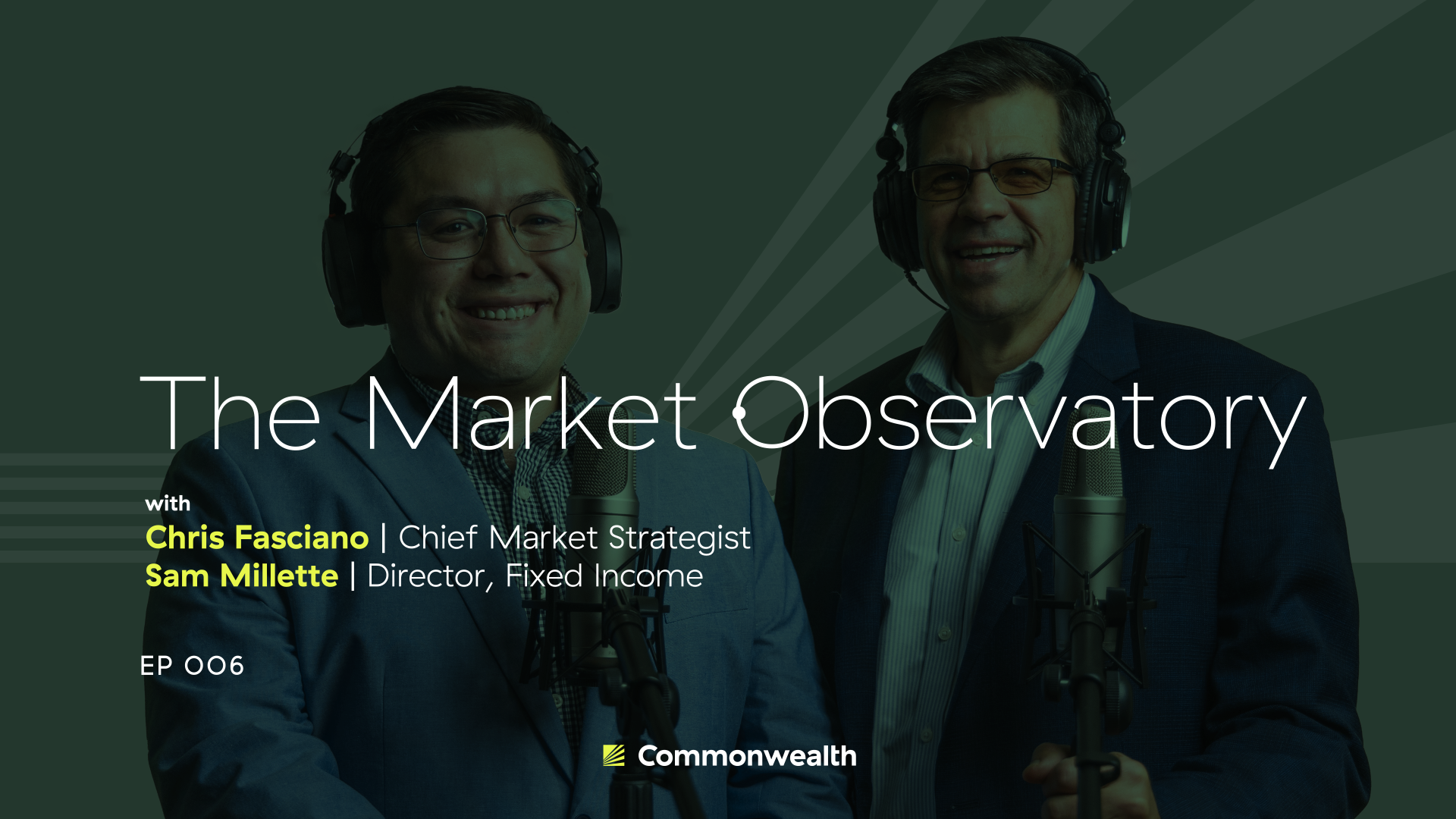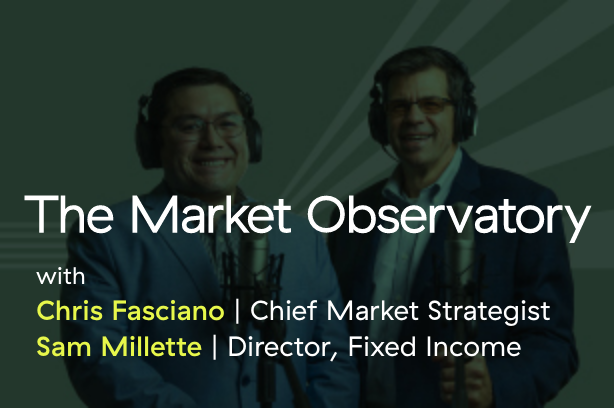April saw significant market fluctuations driven by tariff and interest rate concerns, with the Nasdaq showing a small gain while the S&P 500 and Dow Jones finished lower. Internationally, foreign stocks rebounded after initial sharp declines, resulting in positive overall performance for developed and emerging markets. Bond markets also experienced volatility, but the 10-year Treasury yield ended slightly lower, supporting bond prices for the fourth consecutive month. While there was earnings growth for the S&P 500, declining business and consumer sentiment raised concerns about future spending.














